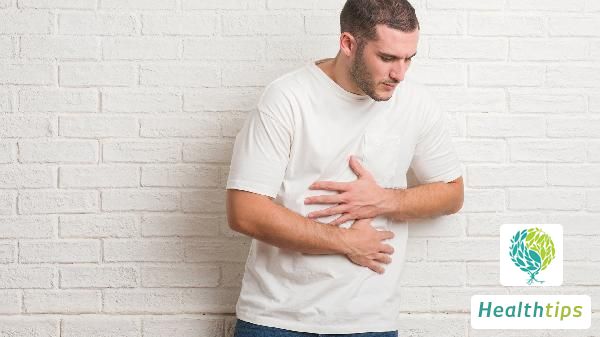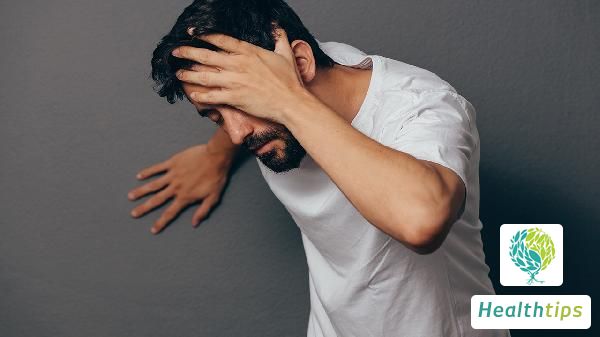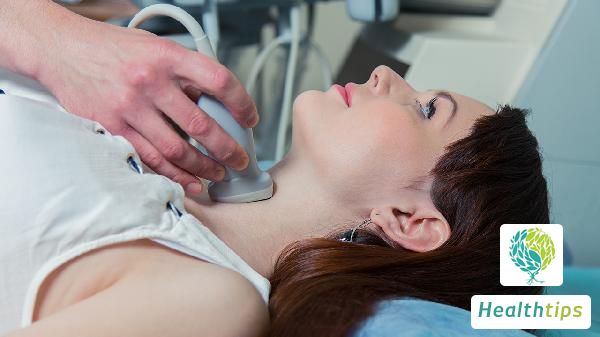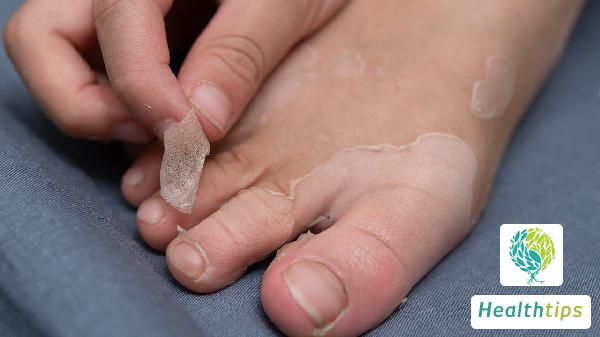What Should I Do If I Have Large Red Spots on My Body?
The appearance of red spots on the body is a common phenomenon, often caused by various skin diseases. Some skin diseases can be diagnosed based on symptoms, while others may have more general symptoms that are not easy to identify. Generally, small red spots on the skin are more common, but some people may also experience larger red spots and be concerned about finding solutions. So, what should you do if you have large red spots on your body? Let's take a look.

1. Spider Nevus
The name "spider nevus" may sound scary, but it is actually a type of idiopathic capillary dilation, which is caused by the dilation of small arterial branches at the end of the skin. Because they grow in a single point and form radiating small vascular branches, they resemble a spider, hence the name. Spider nevi typically develop in areas distributed by the superior vena cava, such as the face, neck, upper chest, shoulders, and upper limbs. They are commonly found in people with liver diseases such as cirrhosis and acute hepatitis, but they can also be seen in healthy individuals, such as children and pregnant women.
2. Bleeding Points
If the spots do not protrude from the surface of the skin but fade when pressed lightly, they should be considered bleeding points. The presence of such bleeding points may indicate an abnormal change in the body's hemostatic function. The hemostatic function of the human body is accomplished by the cooperation of blood vessels, platelets, and coagulation factors. Any abnormality in any of these components can lead to bleeding. In such cases, it is recommended to undergo a blood test to identify any potential health issues and alleviate concerns.
3. Vascular Hemangioma
Hemangioma is the most common type of small red spot, often caused by the continuous dilation of local capillaries on the skin or mucous membranes. They can be as large as the size of a soybean and resemble small blood blisters. Hemangiomas typically protrude from the skin surface, fade when pressed, and are prone to rupture and bleeding. Therefore, it is important not to rub or scratch hemangiomas vigorously to avoid causing discomfort or even tetanus. Hemangiomas may indicate the accumulation of fat and dampness in the body, which can lead to conditions such as fatty liver, cirrhosis, and cholecystitis. They are commonly seen in patients with fatty liver and chronic hepatitis.



















